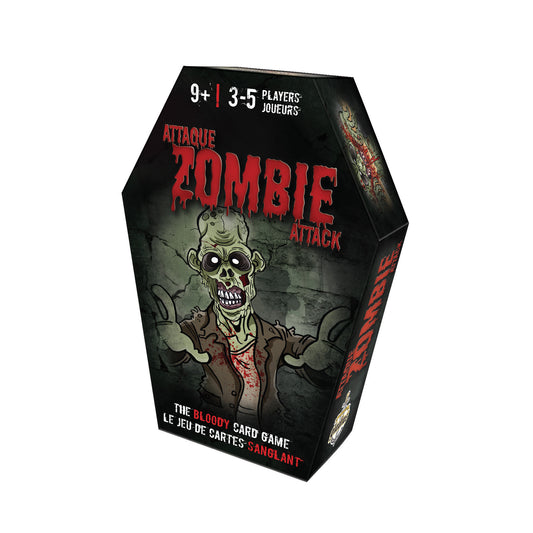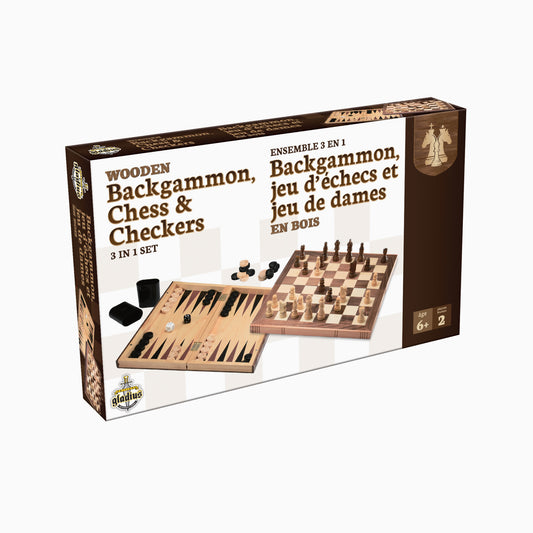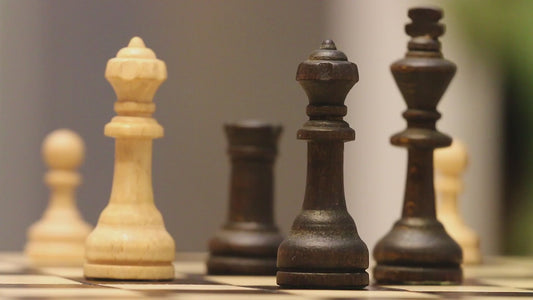
Visual tracking
A little theory...
This is the ability to locate and identify elements visually. In a play environment, this includes the rapid recognition of specific shapes, colors, symbols or objects in complex scenes or game situations. Visual cueing in play encourages the development of visual perception, selective attention and information processing speed.
How to stimulate
Several strategies can be used to develop visual identification through play. For example, object-finding games, in which children have to identify specific items in a picture or setting (such as Hunt and Seek), are particularly effective. These games encourage children to scan their visual environment systematically, picking out details and making associations between visual clues and the objects they are looking for.
Visual matching games are also beneficial for the development of visual cueing. By asking children to match pairs of identical images or cards, these games reinforce their ability to identify patterns and visual similarities, while helping them to develop their visual memory.
Classification and sorting games encourage children to spot visual differences and similarities by classifying and sorting objects according to different characteristics such as color, size or shape. This helps them develop their ability to spot visual patterns and patterns.
Developmental psychologist Dr. Howard Gardner emphasizes the importance of visual cueing games in children's development: "Games that emphasize visual cueing provide children with a valuable opportunity to develop their ability to observe, discriminate and interpret visual information. These skills are essential for success in many areas of life, including academic learning and problem solving" (Gardner, H. "Frames of Mind: The Theory of Multiple Intelligences", 1983).
By integrating these types of games into children's play activities, parents and educators can foster the development of visual tracking in a natural and fun way. These games offer a valuable opportunity for children to practice and reinforce their visual skills, preparing them to interact effectively with the visual world around them.
Reference
Gardner, H. "Frames of Mind: The Theory of Multiple Intelligences", 1983.




